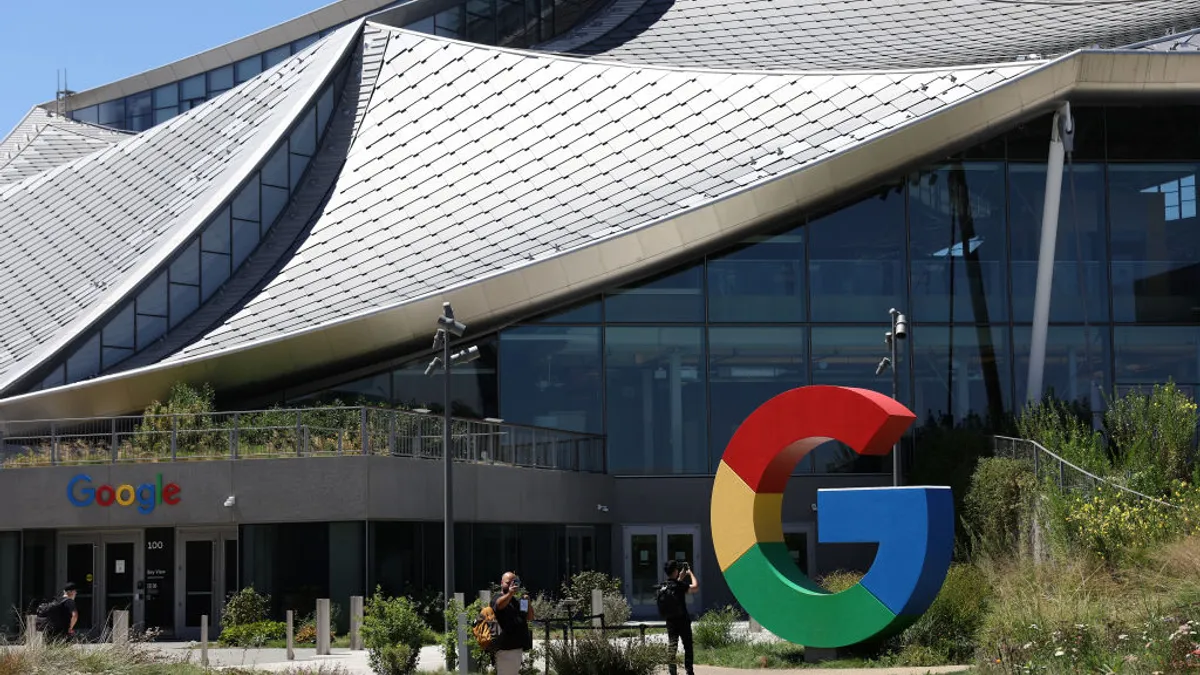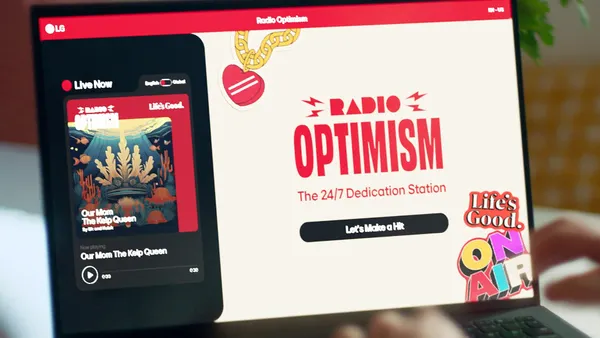Brief:
-
"Pokémon Go," the mobile game that introduced millions of people to location-based augmented reality (AR) technology, is seeing its best year ever with $1 billion in player spending during the first 10 months of 2020, app researcher Sensor Tower said in a blog post. That spending is up 30% from a year earlier.
-
"Pokémon Go" is ranked No. 3 in player revenue behind "PUBG Mobile" at No. 1 and "Honor of Kings" at No. 2. Those games are both published by Chinese technology giant Tencent. Sensor Tower's analysis doesn't include player revenue from third-party Android app stores in China and other regions.
-
Spending growth continues a three-year expansion for "Pokémon Go" that reversed a 29% slump in 2017. At that time, the initial enthusiasm for the game had worn off following its explosive popularity in 2016, the year that game developer Niantic and Pokémon Co. released the title. Player spending rose 41% to $828 million in 2018 and by 9% to $902 million last year, per Sensor Tower.
Insight:
The record-setting revenue for "Pokémon Go" indicates that game developer Niantic's decision to reformat the game for indoor play during the pandemic is paying off amid a broader surge in mobile gaming. The reformatted game helped to drive a 67% jump in global spending in its first week, marking a key milestone for Niantic.
With "Pokémon Go," the developer popularized the idea of video games that urged people to explore their surroundings instead of sitting at home with a console or computer. Niantic, which got its start at Google's internal incubator, had pioneered location-based AR gaming with its title "Ingress" that was released in 2012, but "Pokémon Go" was its first major hit.
"Pokémon Go" is likely to see continued player spending going into the holiday season as people spend more time indoors and look for ways to entertain themselves as the weather gets colder. This year's record spending on the game brings its lifetime revenue to almost $4.2 billion worldwide, according to Sensor Tower's estimates. Geographically, the U.S. is the No. 1 market for the game with about 36% of that spending, or $1.5 billion, ahead of Japan at No. 2 with $1.3 billion in revenue Germany at No. 3 with $238.6 million.
Niantic and Pokémon Co. have continued to support "Pokémon Go" with marketing efforts aimed at the game's most devoted fans. While the companies were forced to cancel their in-person events like the annual Pokémon Go Fest because of the pandemic, they have developed other ways to support the title. Last summer, they reformatted the festival as a virtual event and sold hundreds of thousands of tickets to fans worldwide. As a virtual event, Pokémon Go Fest was available to a broader range of people who hadn't been able to travel to the gathering before pandemic restrictions.
As part of its effort to make AR technology more accessible to consumers worldwide, Niantic also formed an alliance with telecommunications companies. Verizon, Deutsche Telekom, EE, Globe, Orange, SK Telecton, Softbank and Telus were the first companies to join the Planet-Scale AR Alliance, which aims to provide 5G-ready AR content to mobile carriers and set a standard for innovation. At the time of the announcement, Niantic said it had mapped more than 7 million locations worldwide to support AR experiences.
The formation of the alliance followed Niantic's announcement of a plan to bring together sponsors, creators and software developers in its location-based platform. CEO John Hanke has described his vision as turning the company into the "anti-Amazon" by inspiring people to visit nearby stores instead of ordering products for delivery.
The pandemic was obviously difficult to predict, including its effect on shopping habits that have driven a surge in revenue for Amazon. However, there is a possibility that location-based AR experiences will become more common if they urge people to practice social distancing as they venture outdoors.












